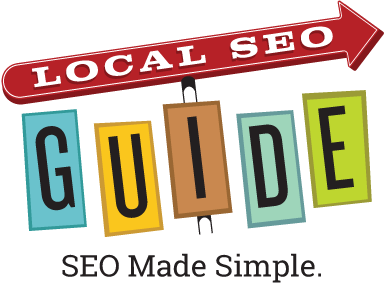John Busby of Marchex is now up at C3 demonstrating Marchex Call Analytics:
65% of businesses rate calls as their most valuable source
Phone Calls result from:
- Funnel (process drives customer to call)
- Urgency (my car has a flat!)
- Pc to Phone (Not sure where to click so I’ll call)
- High Consideration (medical issues, expensive products)
If a biz gets 100 calls/week @ 3-4 minutes/call that generates around 2 million words/year.
Example of how to use call mining:
Marketers have accountability for calls, but not enough tools to figure out what’s going on.
Data Marchex can track:
- How long was call?
- Which Google keyword drove call?
- Transcript
- Caller profile
Showing an example of a hotel with 7,000 phone calls. You can see how often certain words are used, gender of the caller (picked up by tone of speaker’s voice), source of phone call (e.g. Facebook Page).
Case study – American Financial Network:
Most of their mortgage biz is done over the phone but marketing is expensive. Missed or mishandled calls for inbound leads have a significant bottom line impact.
AFN started listening to every phone call and tracking the location of the caller.
Mismatches in geotargeting were eliminated. Marketing spend was reallocated to high performing and underserved regions. All calls were listened to and responded to in a rapid fashion. 30% average increase in revenue per day.
Case Study: Fortune 500 Company:
Financial services co, receives tens of thousands of calls each month. They only had publisher level data for calls (e.g. this many came from Google, etc.). Desire to minimize existing customer calls.
Started tracking calls by keyword and used call mining. Tested IVR.
Company leveraged a specific phone number by keyword which led to a cost per call metric per keyword. They mined and sampled calls for new customer terms. Reduced spend on searches that produced calls from existing or lower-value customer.
There is a shift towards better linkages between offline & online
More info is being shared between marketing & customer service
When you are able to get into consumer intent in new ways you can be more creative with your marketing spend going forward.
Seems like if you can combine what Yext’s call qualifying does on the inbound side with what Marchex Call Analytics does on the backend and you’ve got a killer solution.


7 Response Comments
Andrew, over here in the UK I’ve been using phone tracking with call recording for some time with my clients. (Of course using local numbers for SEO purposes;-) and it has been a revelation. As well as analysing the source of the call, the sheer client service handling and hence conversion rates of calls to sales has doubled in most cases. Especially useful when clicks such as personal injury lawyers are so expensive on PPC. One thing that I have been doing is pay-per-lead with local newspapers using any redundant space they have. This has proved very effective so far, albeit a struggle to turn the newspaper into a partner rather than a seller of space. And the other great aspect with things like Marchex and others, (I use Admeter.co.uk) is that you can build an opted in mobile (cell) phone database. It’s truly an easy way to build up a Groupon style list of buyers e.g. restaurant goers in your local town. The humble telephone is an amazing tool if you know how to use it!
Thanks Boyd. Does Admeter do the speech to text analysis? I found the keyword data mining feature to be the most compelling part of Marchex’ service.
Andrew, speech to text isn’t part of it yet but
I agree it’s a fantastic summary tool to develop better targeted marketing. It will also allow the creation of “perfect” scripts for salespeople. Creating the right answers for all the negatives that a prospect might have in their head should be a cinch when you know all the questions in advance and can prepare for them. In fact, creating the right information that answers all these questions before they get to speak to someone, through ads, direct mail, website, video, audio etc should mean 100% conversion once people get to the phone because they will already be pre-sold. My summary view is that this speech to text enables you to copywrite the best marketing you’re ever going to come up with because you don’t have to second guess.
Andrew, this technology seems to take YEXT’s idea to the next level. Record the call, analyze the speech, but then bounce the data against more advanced filters.
Honestly, it doesn’t take a sophisticated algorithm to optimize 90% of these calls. If the SMB would just pick up the phone every time it rings, they would solve most of their problems… but you already know that. 🙂
I agree Mike. If you used Yext on the front end to screen for relevance and then this system on the back, I think you’ve got something pretty cool.
Great article. I think google analytics is the best way to monitor the traffic to our site.
I use a few different analytics tools for calls and clicks. Marchex is one of those tools- it can provide some strong data if set up properly but the cost can be pretty high to maintain so many numbers. Depending on the scope of the project, id just stick with GA unless the data merits more insight.